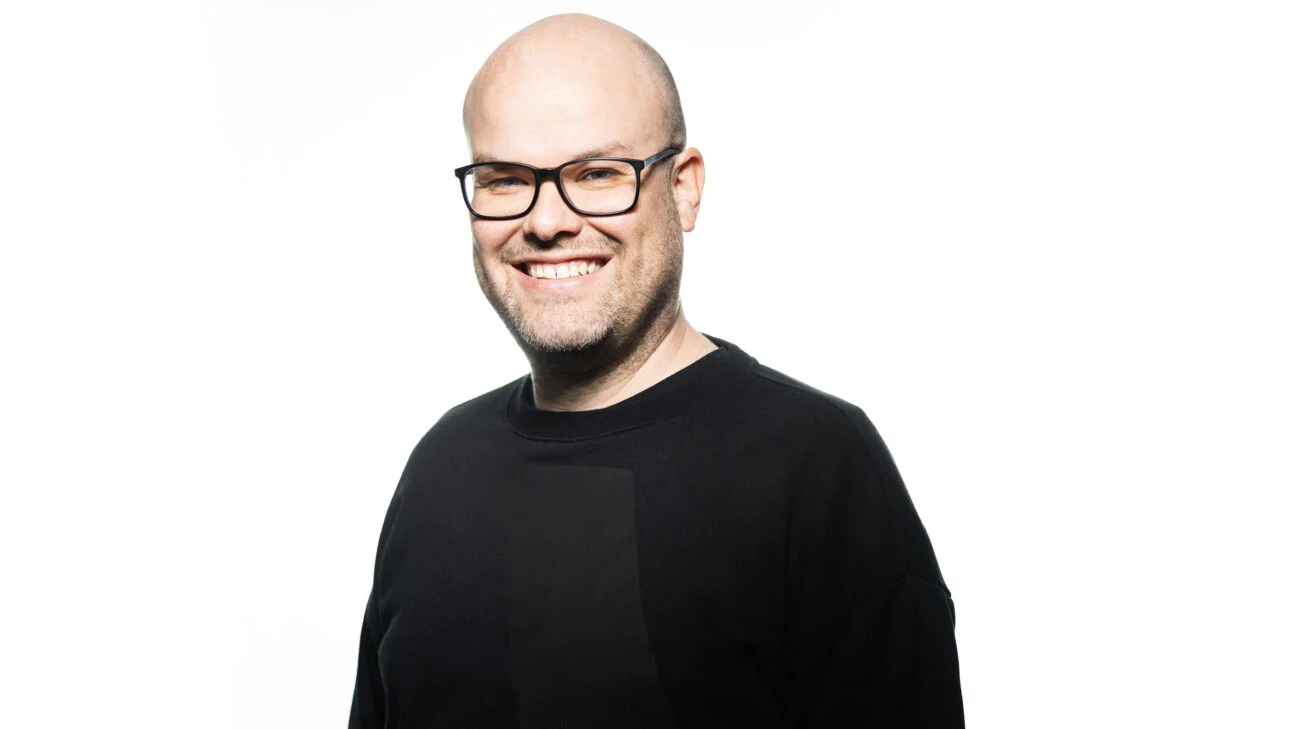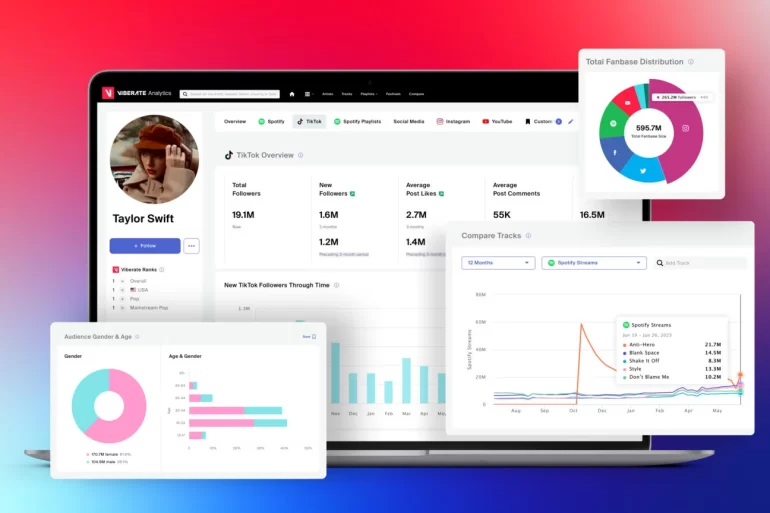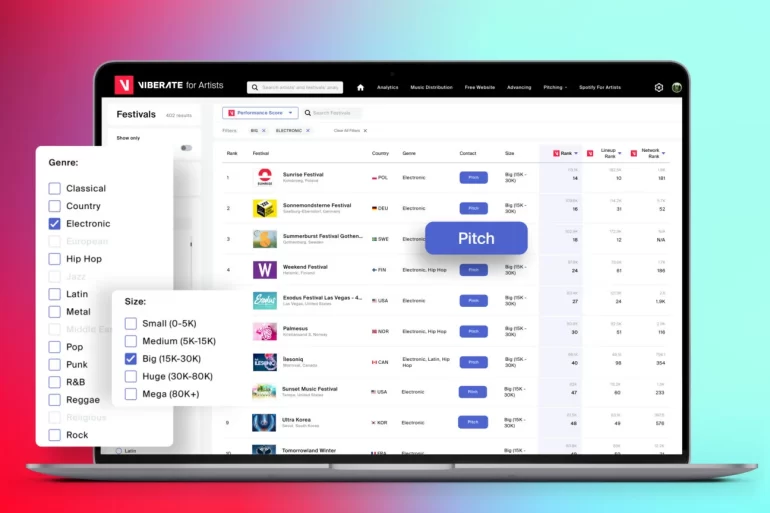chevron_left
-
play_arrow
Ibiza Deep
-
play_arrow
Deep House
-
play_arrow
Ibiza Vibes Radio
-
 play_arrow
play_arrow
Romy, of The xx Fame, Unveils Enchanting Single “The Sea” from Upcoming Solo Album alexadmin
Viberate’s Vasja Veber Talks About Democratizing Data with Premium Analytics for All – A Game-Changer in the Music Industry!

share
close
Vasja Veber and Matej Gregori were working as managers for legendary Slovenian techno DJ UMEK when they realised they had a problem.
They were searching for a data-driven platform that could assess the impact of many elements on UMEK’s career, such as album releases, tours, or advertising campaigns.
However, as Veber adds, “we couldn’t find any tools that would do the job for us.”
So they made their own.
UMEK’s management team, Gregori and Veber, as well as UMEK himself (actual name Uro Umek), co-founded and began building the platform that would become Viberate.
According to Veber, the early version of Viberate only covered “about 2%” of what the company presently offers. The Slovenia-based music data company currently claims to be one of the world’s top three music data analytics providers.
“At first, we didn’t have any plans because it was just a tool for our management business,” he adds. “However, we quickly realised that we weren’t the only ones who needed such a tool, so we raised our seed round, let go of management, and went full-time on Viberate.”
Since its inception a little more than eight years ago, the company has grown from 5 to 35 full-time workers, plus approximately 120 external database curators.
The Viberate Analytics platform provides data on hundreds of thousands of artists, labels, venues, and events, as well as about 60 million songs. The company also works with hundreds of clients, including major record labels, independent labels, digital service providers, distributors, promoters, and others.
Viberate has been expanding its services in recent months, including the development of an artist chart designed for A&R teams, including genre, performance, fanbase, and geolocation filters.

According to Viberate, the chart makes it easy to find emerging talent all across the world. It is based on streaming and social media data, and it may be filtered by country, genre, and performance.
The chart, according to the company, has the potential to transform the way A&R teams identify growing performers. “You simply type in the minimum number of monthly listeners an artist needs to have, and bam – you end up with a tight list of unsigned artists with great Spotify engagement,” Veber continues.
In addition, the company just debuted its new Viberate for Artists platform for independent musicians.
It provides music distribution to all major streaming platforms, as well as booking and promotion tools, playlist and festival pitching, a free one-sheet tool, and professional artist analytics across streaming and social media platforms.
Viberate will also provide finance for independent musicians through the new hub in the form of advances of up to $1 million on future streaming income.
Here, Veber discusses the inner workings of Viberate, the Viberate for Artists platform, and his projections for the future of the independent artist sector…

Viberate reduced the monthly cost of its comprehensive service from $129 to $9.90 in January. Why did you make this decision, and how have the consequences been so far?
We want to make premium analytics available to a broader audience, not just large corporations who can afford to pay $129 per month. Also, because there are only a few such providers on the market, we don’t want people to migrate from their present service to Viberate. Instead, we want to empower them to add Viberate to what they are already doing.
We provide capabilities that others do not, and vice versa, thus employing more than one music data analytics service will undoubtedly provide you with a better result and allow you to make informed judgements.
However, paying a couple of hundred dollars per month can be expensive, especially if you have a large workforce, so we decided to match our monthly price with an average streaming service subscription. And since everyone and their mother is using Spotify or Apple Music, we decided it was only fair to charge the same. I announced the price drop during an interview in front of a couple thousand people at a music conference, and my phone began spewing out Stripe payment messages before the interview was complete. It provided the most thorough validation of our hypothesis.
Viberate Analytics is a data analytics firm.
Viberate introduced a new artist chart in May, with genre, performance, fanbase, and geolocation filters. Could you tell us more about what motivates this chart and who it is intended for?
The most prevalent use case on Viberate is A&R, which is performed under the chart area. Using our filters, it’s actually fairly simple to find trending artists. To begin filtering, choose the primary genre and then the subgenre. Then you may experiment with performance filters, such as asking our service to exclude established names who are already signed to a label. For example, you can configure the chart so that it does not display the top 30,000 artists internationally, obscuring the Ed Sheerans and Taylor Swifts of the globe.
Then you choose your favourite channel and metric, as well as the minimal threshold. Assume you frequently use Spotify to discover new artists. Simply enter the minimum number of monthly listeners an artist must have, and you’ll be presented with a short selection of unsigned musicians with high Spotify interaction.
It matters how many artists a service analyses, but it is more important what kind of filtering and data integrity the service provides, and Viberate is a clear leader in this area.
You’ll begin by scrolling through hundreds of thousands of artist profiles, but with just a few filters, we’ll narrow that number down to a manageable list of performers in a subgenre of your choice. I usually explain this by showing how you can compile a list of promising techno artists and build a chart of less than a hundred trending techno acts in less than a minute.
It is then up to you to sift through their detailed analytics profiles to determine who would be a suitable fit for your label or festival.
OVER 700,000 ARTISTS ARE CURRENTLY RANKED AND ANALYSED ON THE WIDER VIBERATE PLATFORM. CAN YOU TELL US MORE ABOUT THE TECHNOLOGY ON WHICH YOUR PLATFORM IS BASED?
We analyse approximately 4 million musicians, but we only show about 850,000 verified profiles. That means our editorial team reviewed their profile to ensure that everything on it is correct. We don’t just scrape data from everywhere and dump it on the platform because that produces poor outcomes. Instead, we let artists and fans to create profiles in the service, which we then carefully verify. It is a somewhat slower process, but the outcome is far superior.
When prospective clients ask how we differ from the competition, my first response is invariably, “We have by far the cleanest dataset.”
Verifying profiles also implies that we only have one profile for each artist, so we ensure that all of the information we have, say, for Jay-Z, is contained in a single profile. Artists frequently have numerous profiles (such as Jay-Z, JayZ, Jay Z), and sometimes they have a feature with another artist, which is then labelled as a brand new artist, thus the data aren’t included in the primary profile. We ensure that all data irregularities, which are usually caused by a lack of effective standardisation, are addressed.
VIBERATE FOR ARTISTS WAS RELEASED LAST MONTH, OFFERING MUSIC DISTRIBUTION TO ALL MAJOR STREAMING PLATFORMS, INCLUDING SPOTIFY, YOUTUBE, APPLE MUSIC, AMAZON MUSIC, AND TENCENT MUSIC. WHY DID YOU DECIDE TO LAUNCH THIS PLATFORM NOW / AND WHAT IS YOUR GOAL FOR IT?
Distribution is only one component of the puzzle. Viberate for Artists provides everything a DIY artist requires in one location for the price of a typical DIY distribution service.
So, for the same amount that artists are currently paying simply for distribution ($39 per year), Viberate for Artists provides limitless digital distribution, playlist and festival pitching tools, auto-updated personal websites with booking forms, and restricted access to our analytics platform. We’ve also just added advancements.
One of the tools available on the Viberate for Artist platform is festival pitching.
VIBERATE WILL ALSO PROVIDE INDIE ARTISTS WITH UP TO $1M IN ADVANCES ON FUTURE STREAMING ROYALTIES VIA THE HUB. WHAT ARE YOUR ESTIMATES FOR THE ARTIST FINANCING SECTOR IN THE FUTURE, AND HOW DOES VIBERATE WANT TO BE POSITIONED IN THE SPACE?
We didn’t want to become yet another service that offers advancements, because the category is already adequately supplied by incredible businesses like Beatbread or Duetti. So, in the future, we intend to allow artists to mint NFTs and sell them to their fans.
This means that artists do not sell their copyright; instead, they use it as collateral for whatever funds they are raising. The token holder can then reclaim the advance through streaming royalties at a predetermined recoupment rate.
Looking ahead, the main difference with NFTs, aside from allowing fans to fund their favourite artists’ careers while making money, is that the tokens are easily transferable, which means that if you want to liquidate your investment before the expected deadline, you can simply sell the token to someone else or even the original rightsholder, allowing artists to buy back their tokens at any time.
Assume your favourite indie rock band wishes to fund $10,000 by selling some of their songs as collateral. You spend $1,000 on tokens, which will earn you $1,300 in three years. However, three months later, the single is featured on a popular Spotify playlist, and their streams skyrocket. You can see that you will return your investment considerably sooner, so you may either wait or sell the token instantly to someone else for a bit less.
WHAT ARE THE MOST PRESENT DIFFICULTIES FOR INDEPENDENT ARTISTS TODAY?
Breaking out has always been difficult. The only difference is that in the 1980s, you had to go out and play in bars in the hopes of being seen by a label executive, but now you have to make sure your streaming and social data are rising quickly enough to appear on our radar.
As a result, I’d suggest that acquiring and understanding statistics can be difficult. The artist market is far more saturated than it was decades ago, making it increasingly difficult to stand out, and even if you do, you still need someone to notice you. This is where we step in.
It might sometimes be difficult to work without a manager. You might be an independent artist, but it is still beneficial to have someone with experience look after you. I was surprised to learn how little local rock musicians in Ljubljana, where I live, know about business fundamentals like distribution and publishing. I was speaking with a well-known local band when I discovered that they only have one album on Spotify and have no idea who their distributor is.
They gave me their last CD after we finished our meeting. I haven’t opened it yet because I discovered that I don’t have a CD player anywhere, not even in my car. Although the DIY section is fast expanding, I realised that there are more “traditional” genres where they still have hairstyles from the 1990s and use technology from that era.
WHAT ARE YOUR PREDICTIONS FOR THE INDEPENDENT ARTIST SPACE IN THE COMING YEARS?
Back in the day, if you wanted to succeed in this profession, you had to obtain a legitimate label. Almost all tools are now available online, usually for a nominal flat cost. Until recently, a huge driver for large labels was their capacity to sign big, fat advances, knowing that if you offer $5 million to an 18-year-old kid who sings on TikTok, he or she will have a hard time saying no. Even this has changed, and you can now request an advance from an impartial provider based only on your historical data.
I believe that the DIY section will continue to expand naturally, that artists will be more hesitant to sign long-term deals with major companies, and that even established musicians will leave their major labels and become independent. Raye did exactly that, and it appears to be working well for her.
I keep repeating a thought that I took from one of my LinkedIn acquaintances because it accurately characterises the current threat that DIY services pose to established music behemoths. “Labels used to be proactive and were working with artists to build their careers,” he remarked. Nowadays, they are reactive, waiting for artists to perform the job for them before approaching them with a deal.”
Independence has and should come at a great cost. With the rise of services catering to independent artists, the cost has risen even further. Traditional players will need to adapt and develop new differentiators in order to stay competitive. Or maybe I’m just saying that since majors are the most difficult clients for us to land, and I’m going above and above simply to get a call with them. Who knows, maybe that’s part of the problem.
WHAT WOULD YOU CHANGE ABOUT THE MUSIC BUSINESS IF YOU COULD CHANGE ONE THING ABOUT THE MUSIC BUSINESS AND WHY?
It should be decentralised, in my opinion. Although it is a global sector with billions of workers worldwide, the majority of corporations are headquartered in four cities: London, New York, Nashville, and Los Angeles. Because 80% of important conferences are held in the United States, running a music startup headquartered in Central Europe requires extra effort.
We work in the office during the day and take calls from clients in the United States in the nights. Long-haul flights and terrible jetlag when attending seminars in the United States significantly complicate our lives.
More public initiatives, particularly in Europe, are needed, in my opinion, to establish other music business hubs. The EU should play a more visible role here because, while I understand that cultural development is a key priority in Brussels, I believe they are not addressing the issue effectively.
Written by: alexadmin
Rate it
Similar posts
Development: CYBER38.com
Managed by Simple Network Media, UK


